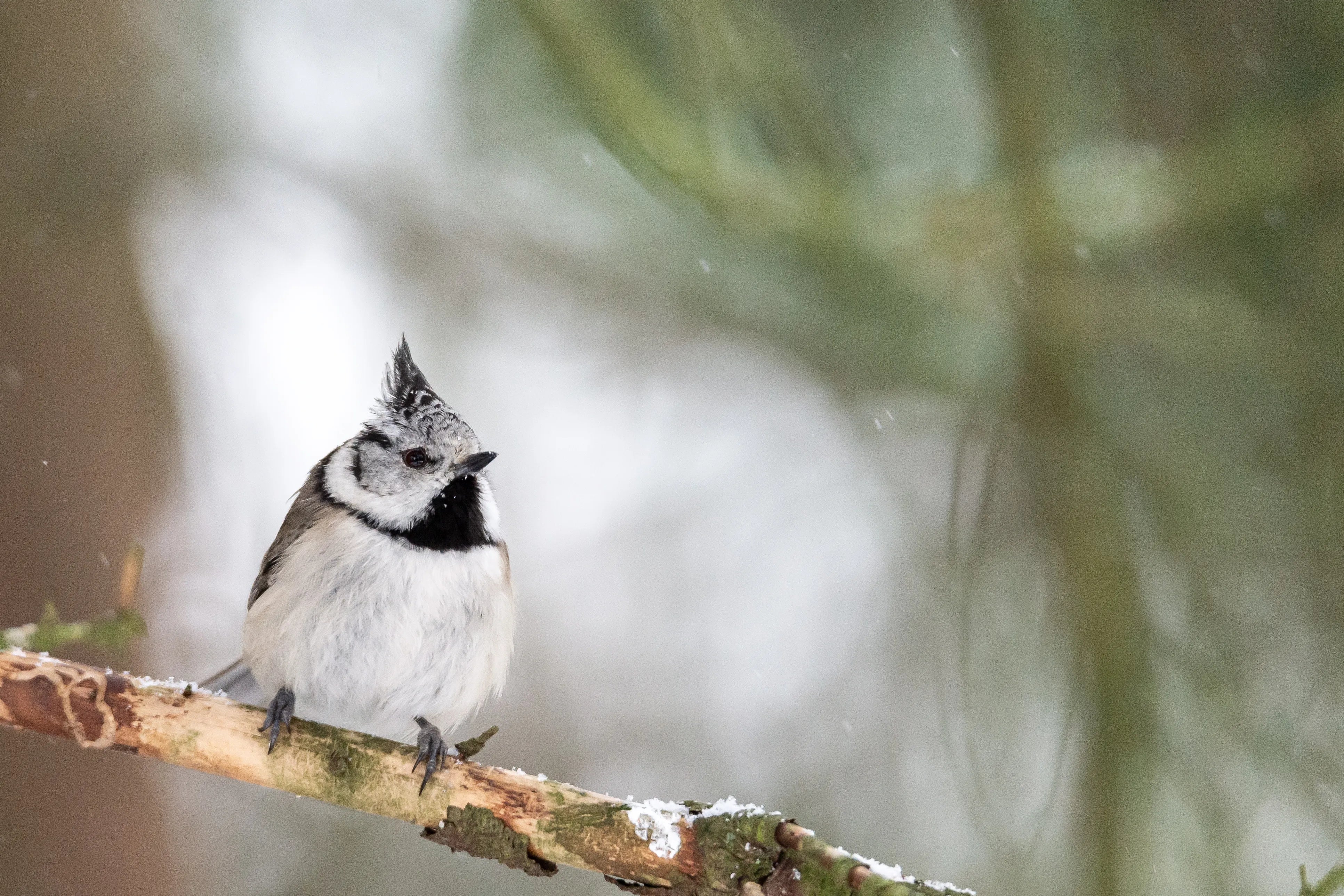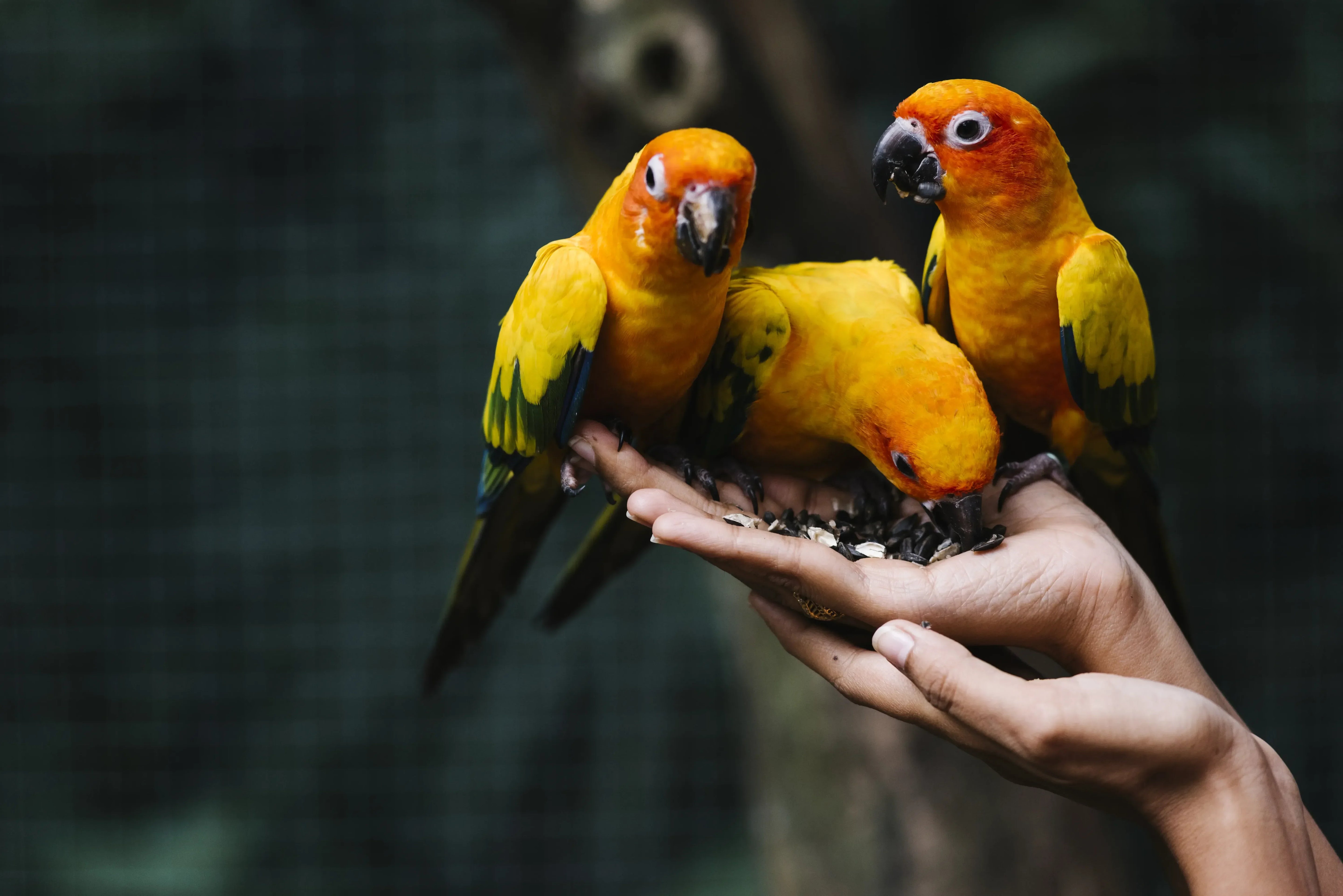It began on a quiet morning in Costa Rica. The mist clung to the dense rainforest like a soft veil, and the air was cool and damp, scented faintly of earth and blooming orchids. The jungle was stirring: a symphony of chirps, whistles, and the subtle rustle of palm fronds overhead. I held my breath as a streak of emerald and gold darted past me, landing gracefully on a low branch. A resplendent quetzal, one of the most colorful birds in the world.
For a moment, the world stopped.
Its tail shimmered like silk ribbons in the soft, dappled light, each feather reflecting colors I wasn’t sure had names. Tiny droplets of morning dew clung to its iridescent plumage, magnifying the radiant greens and fiery reds. Here was not just a bird, but a living masterpiece — a reminder that nature’s palette is limitless.
As I watched, the quetzal tilted its head, eyeing me with curious intelligence. This encounter reminded me that birdwatching is more than photography; it’s a meditation, a way to witness living art.
🌴 From Rainforest Jewels to Tropical Canopies
After the lush Costa Rican rainforest, my journey took me deeper into the Amazon. The air was heavy with humidity and the scent of wet earth, mingling with blooming heliconias. Scarlet macaws, some of the most striking pretty birds, exploded across the canopy like living brushstrokes. Their wings were a tapestry of red, cobalt, and lemon yellow. They flew in pairs, calling to each other in rolling, melodious squawks.
Watching a mother macaw feed her chick — carefully tearing nuts and passing the pieces gently — revealed tenderness hidden within the flamboyance of their feathers. These colorful birds were intricate beings with lives as rich as any human’s.
❄️ From Rainforest Heat to Arctic Gusts
Weeks later, I found myself on the icy cliffs of Iceland. The wind was fierce, carrying the briny scent of the North Atlantic. Puffins, the clowns of the sea and iconic Iceland birds, returned from their fishing trips, beaks full of silver sand eels. Against the gray cliffs, their orange feet and bright bills seemed almost unreal, like someone had turned up the saturation just for fun.
Crouching with my camera ready, I realized that bird photography is as much about patience as it is about luck. Despite the contrasts — humid Amazon vs. freezing Icelandic cliffs — one truth emerged: pretty birds tell the story of their ecosystems through colors, movements, and behaviors.
✨ The Hidden Logic Behind the Beauty
In tropical forests, the vibrant feathers of male birds are coded messages: “I am healthy. I am strong. Choose me.” A flash of crimson or gold at the right angle — all part of an intricate bird mating display.
In snowy northern regions, white plumage serves as camouflage. Birds like snowy owls blend seamlessly with the snow, avoiding predators while hunting with lethal precision. Some species, like hummingbirds, use microscopic feather structures to bend light, creating iridescent colors that shift and sparkle.
Culture is also woven into these feathers. In Guatemala, the quetzal is sacred, a symbol of freedom and wealth. In Japan, cranes are harbingers of longevity and good fortune, while in West Africa, lilac-breasted rollers feature in folklore as symbols of joy. Each species carries layers of ecological, emotional, and symbolic meaning.
📸 Moments Worth Remembering
Patience is the true teacher of birdwatchers. In the wetlands of Kenya, I spent hours hoping for a glimpse of a lilac-breasted roller, one of Africa’s most colorful birds. When it finally appeared, wings spread mid-flap, eight shades from turquoise to violet danced across each feather.
Bird photography can never fully capture such fleeting magic, yet every encounter is a privilege. Pretty birds are elusive, reminding us that beauty cannot be possessed.
🌏 Why Pretty Birds Matter More Than We Think?
Calling them “pretty” risks trivializing their significance. Birds are ecosystem engineers. Hummingbirds pollinate orchids, toucans disperse seeds, and shorebirds maintain wetlands. Protecting pretty birds is a commitment to preserving habitats that sustain all life, including ours.
💡 A Final Morning
In a serene Japanese garden at dawn, mist hovered above still water, bamboo swayed gently, and koi fish glided beneath lily pads. Suddenly, a kingfisher appeared, perched delicately on a branch, its breast glowing orange in the soft sunrise light. With a sudden dart, it plunged into the water for breakfast.
Pretty birds are more than Instagram snapshots or field guide entries. They are living sparks of wonder, teaching patience, humility, and joy. They remind us that the world — even in chaos — offers moments of grace, color, and life worth exploring.




Leave a comment
All comments are moderated before being published.
This site is protected by hCaptcha and the hCaptcha Privacy Policy and Terms of Service apply.